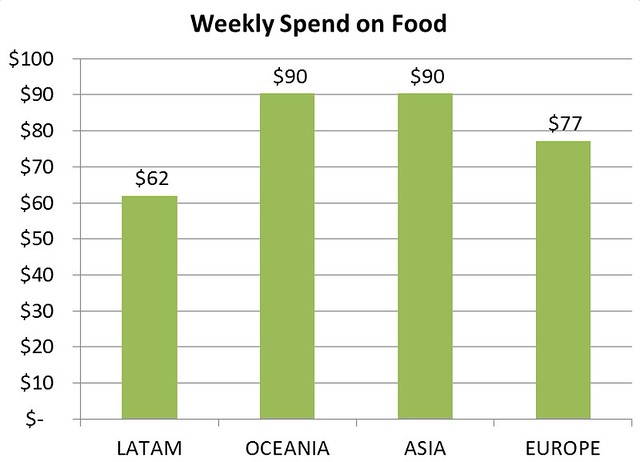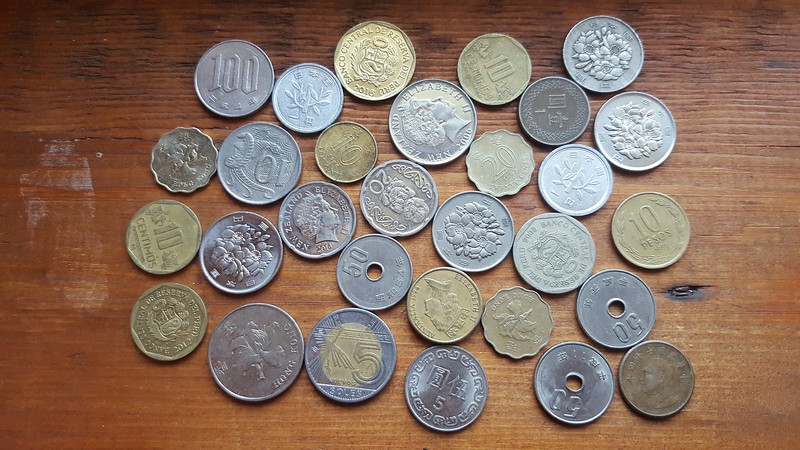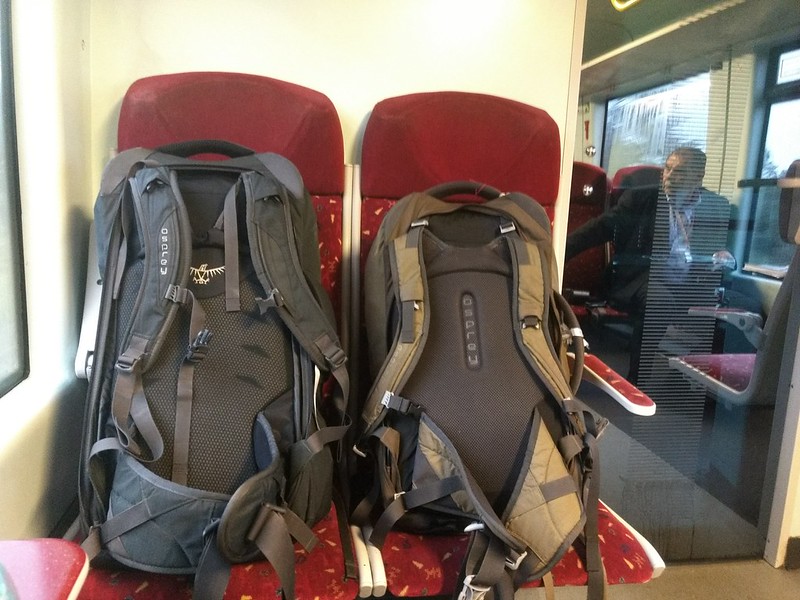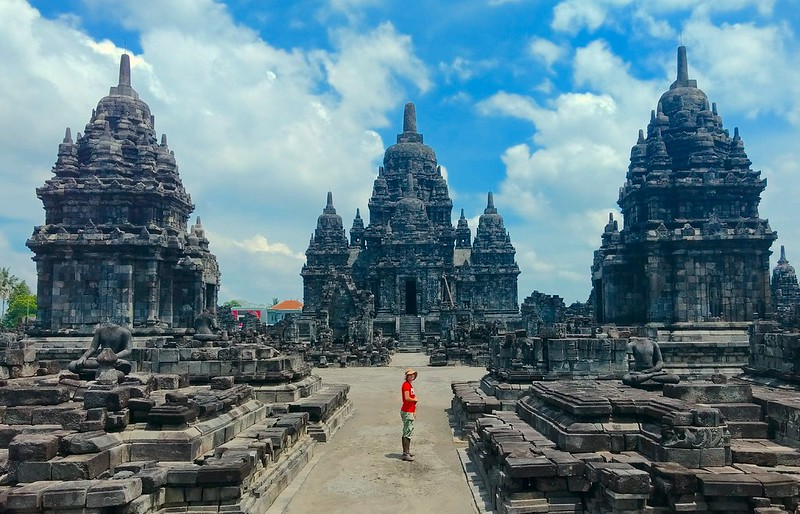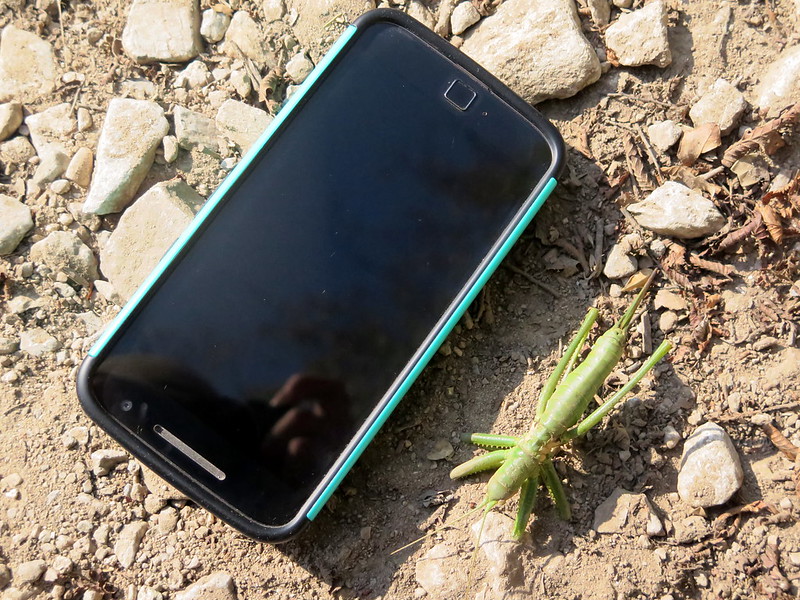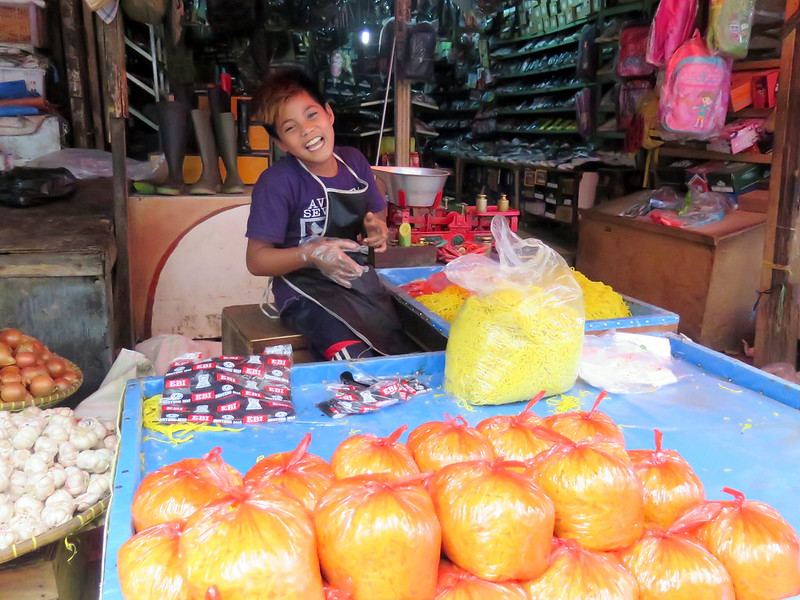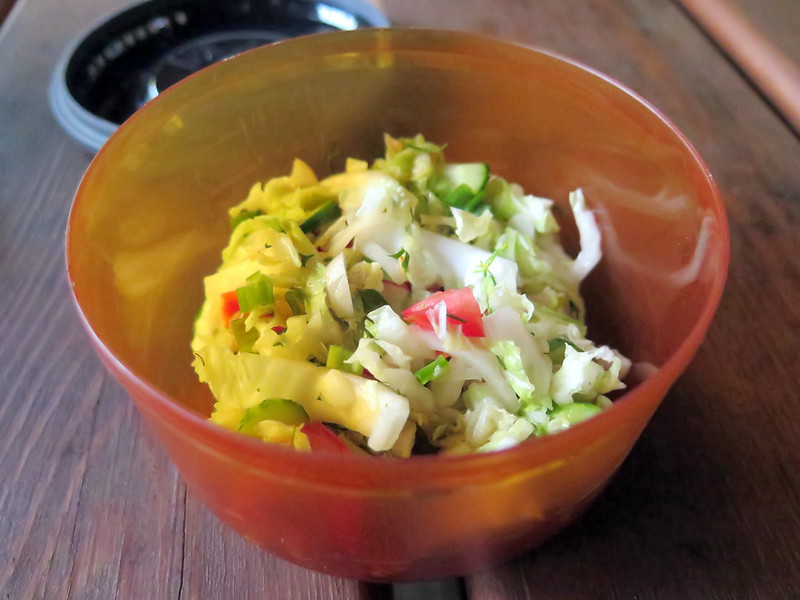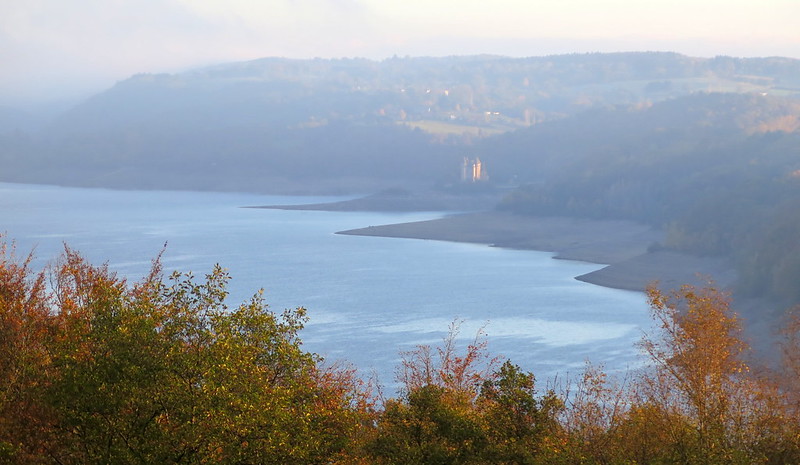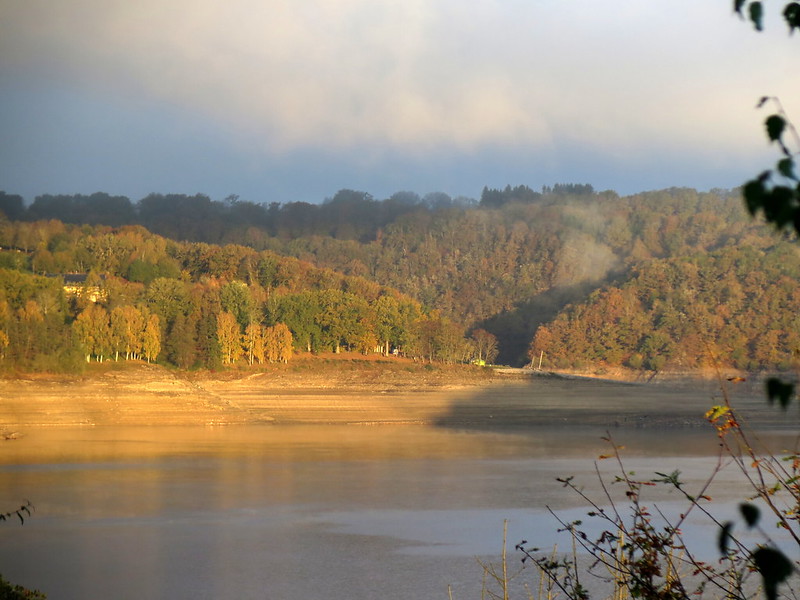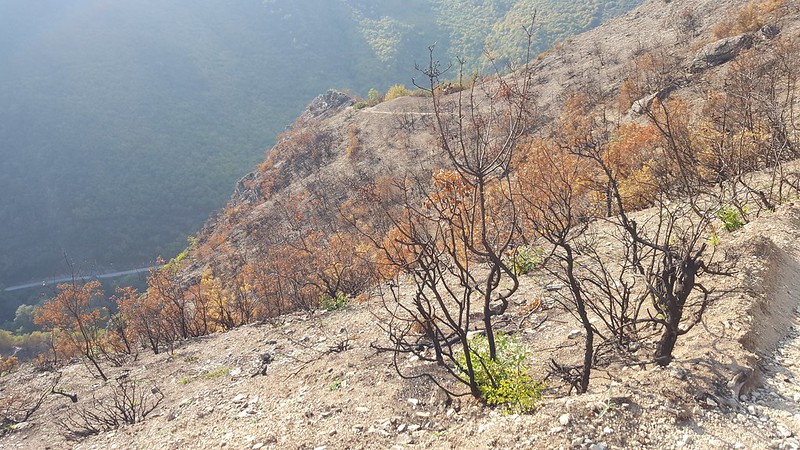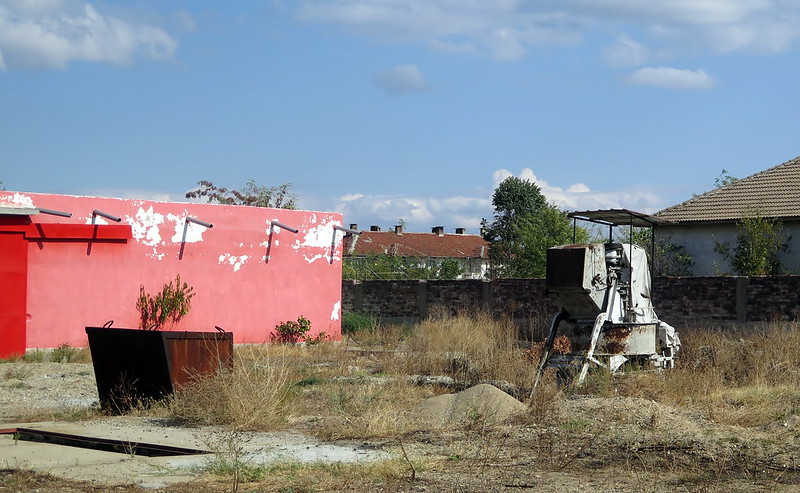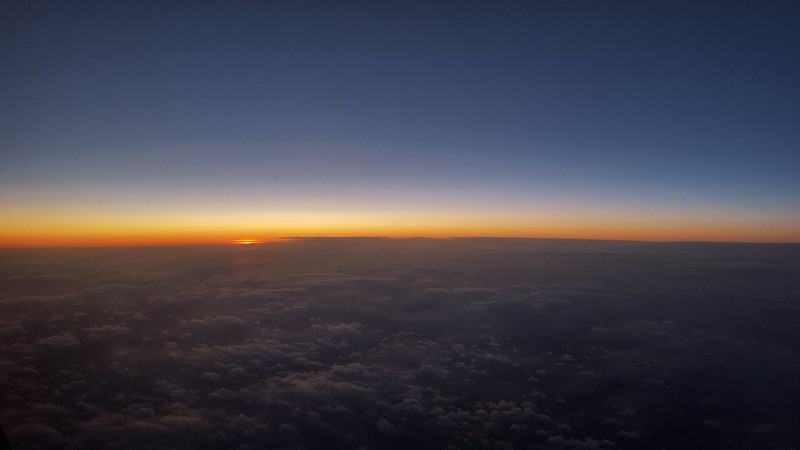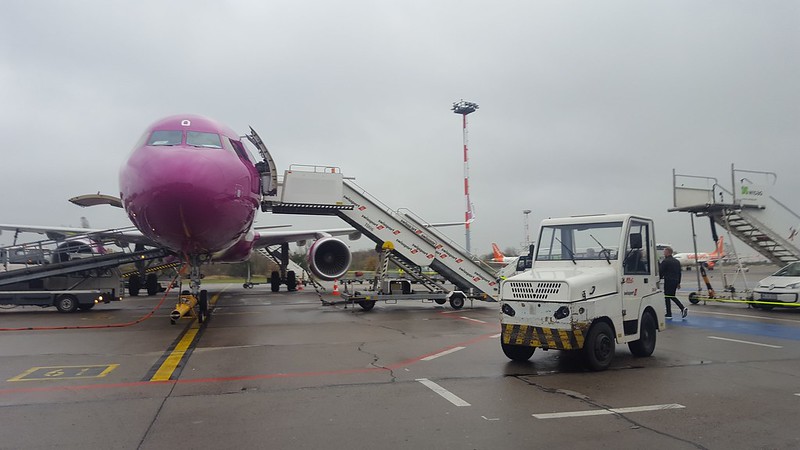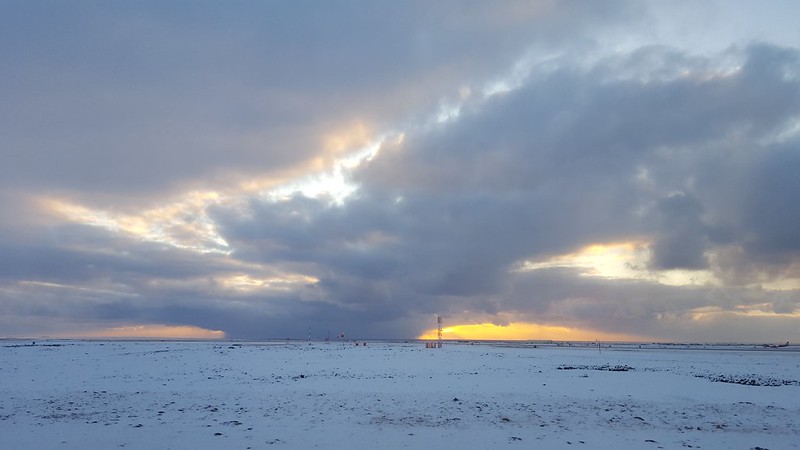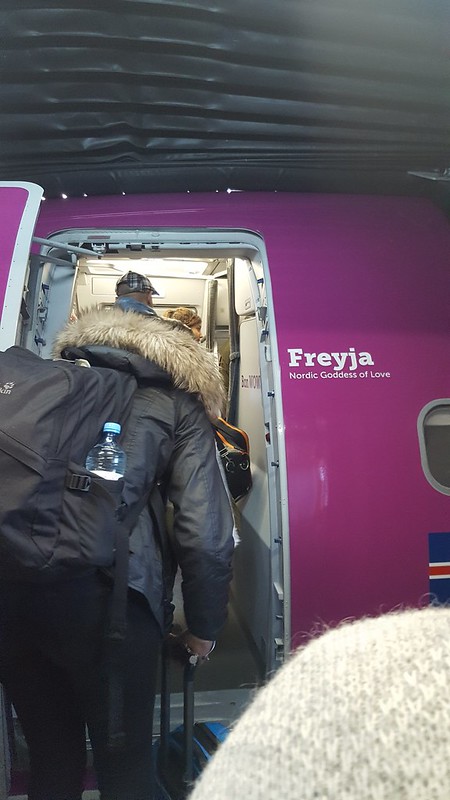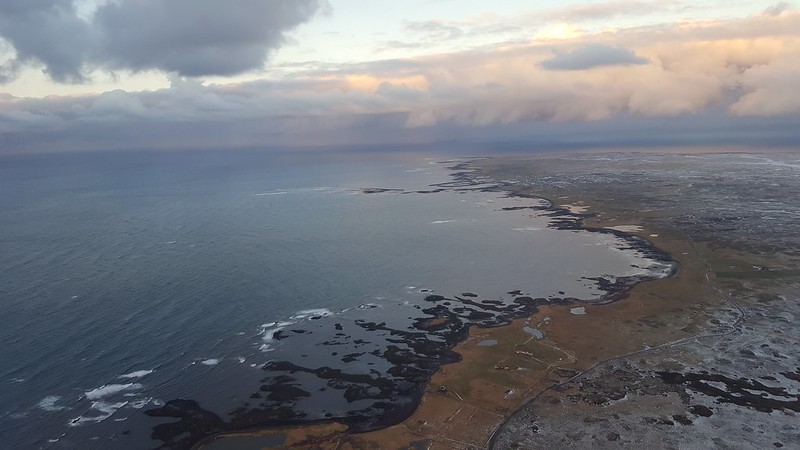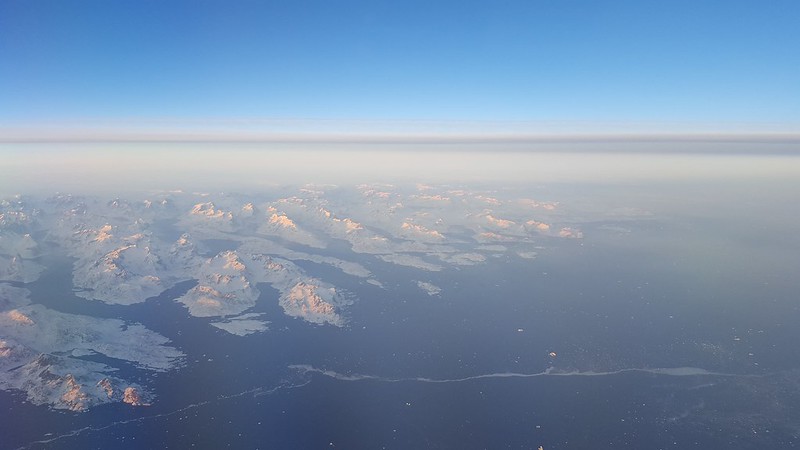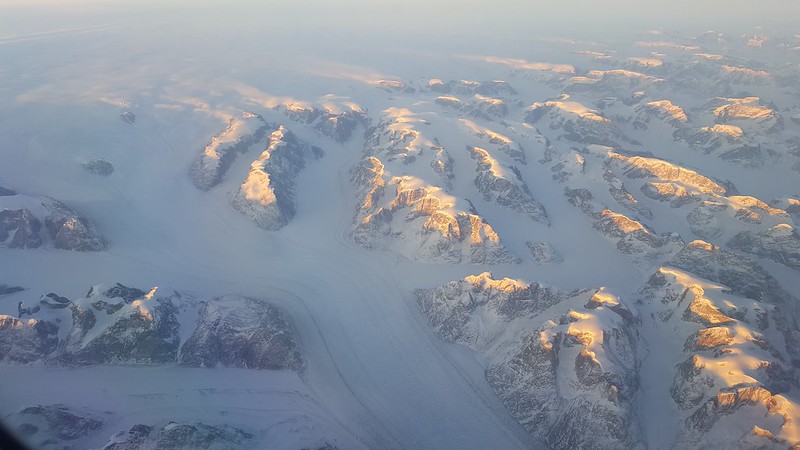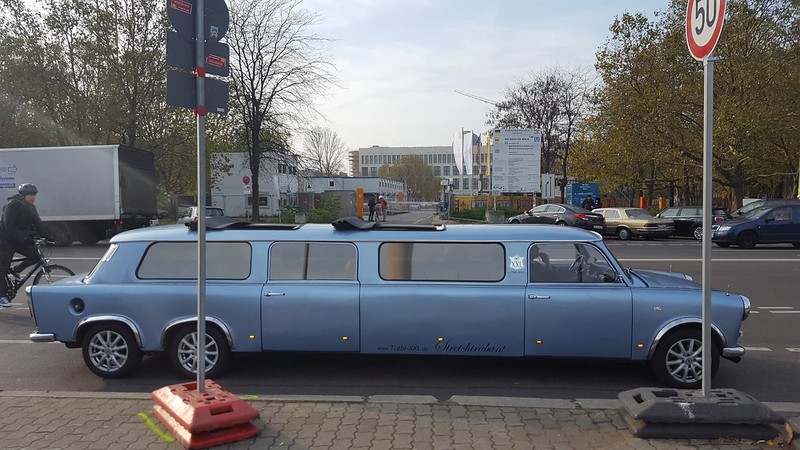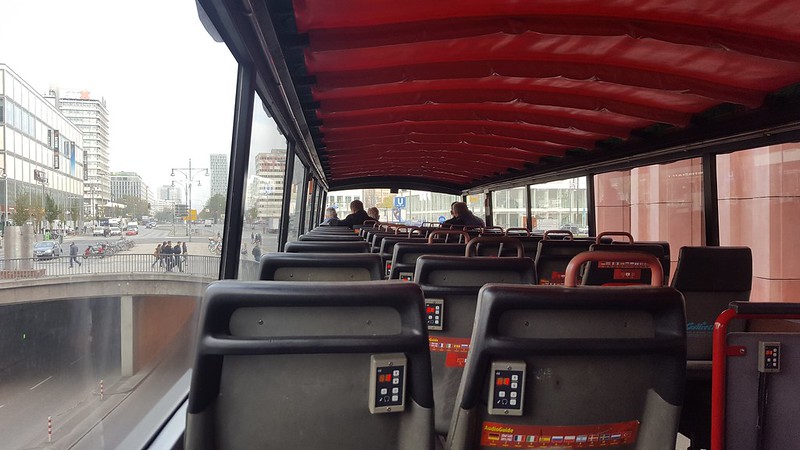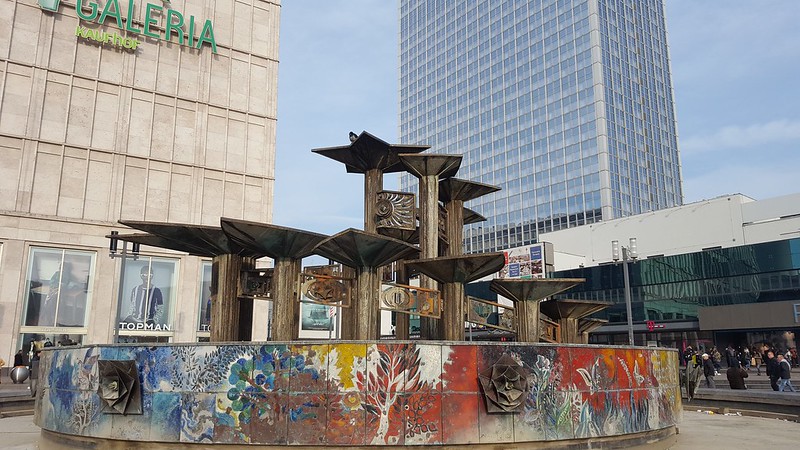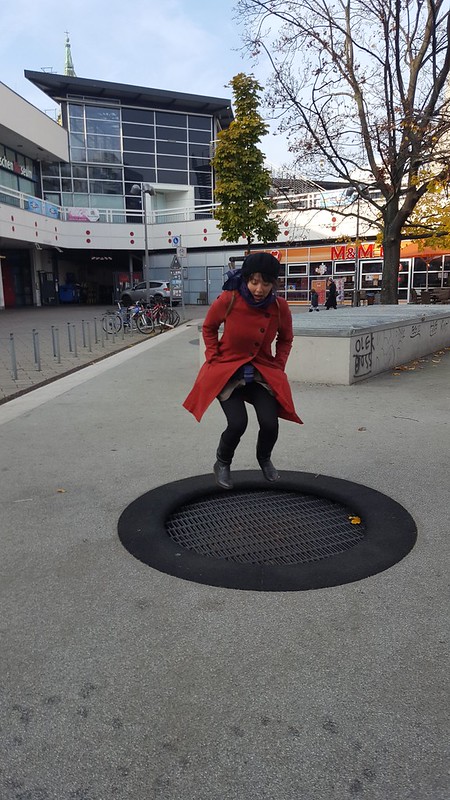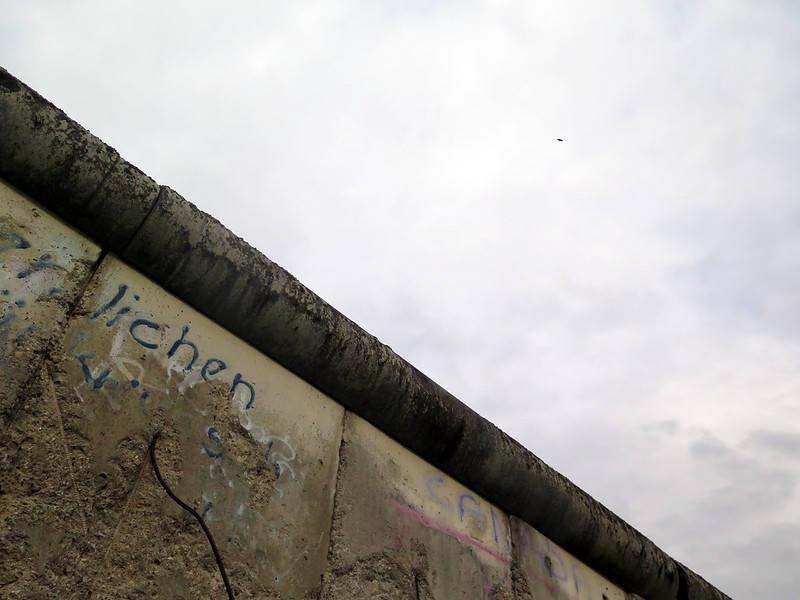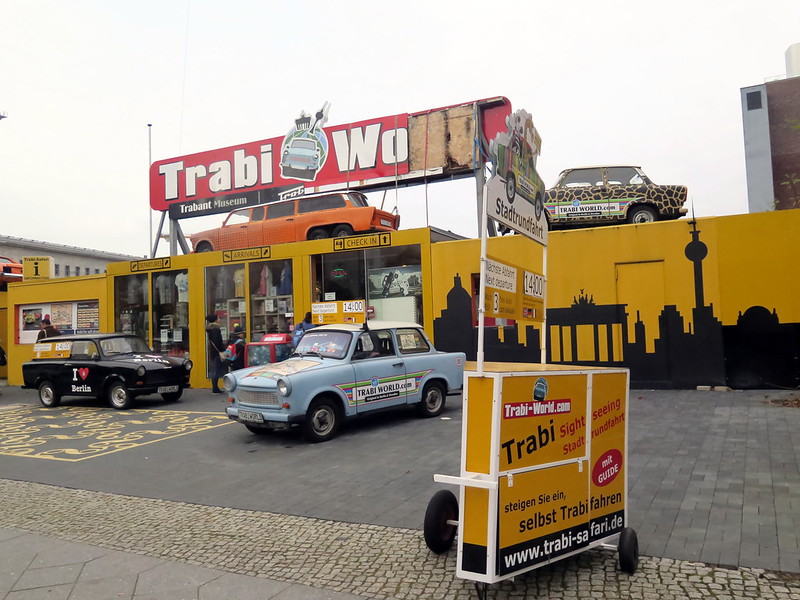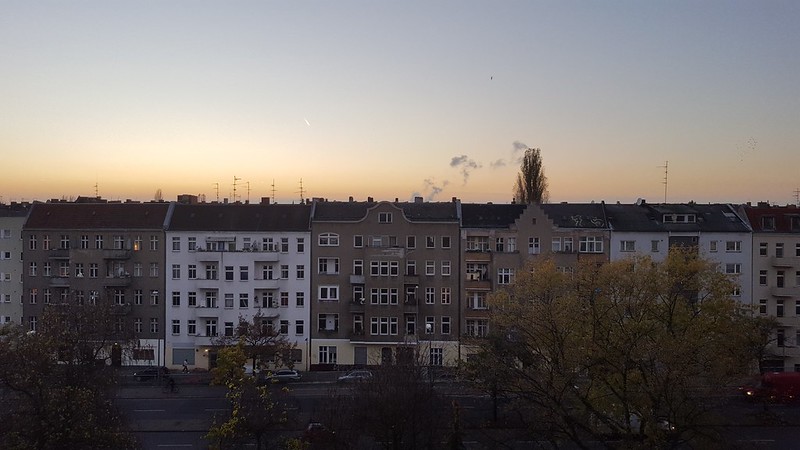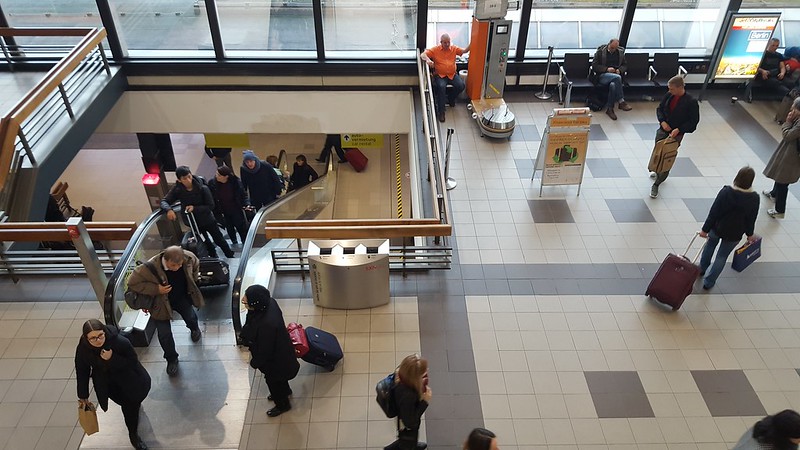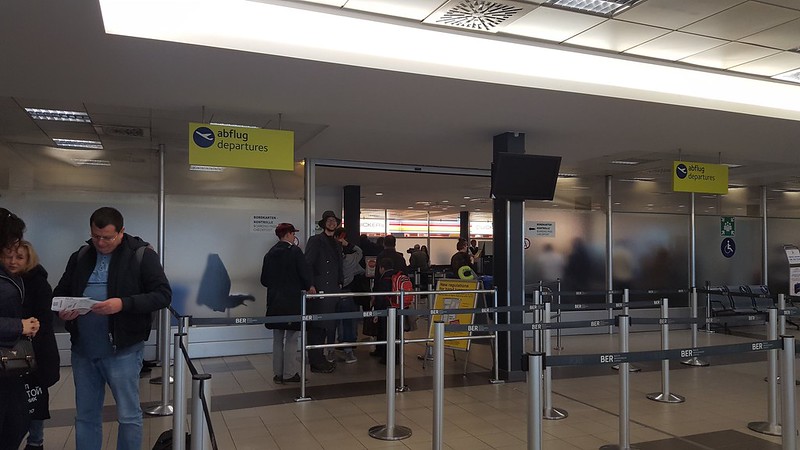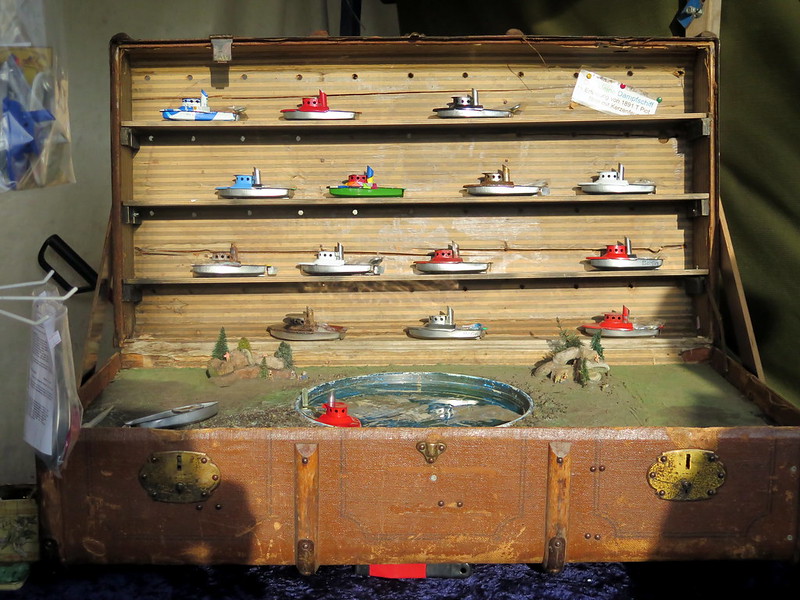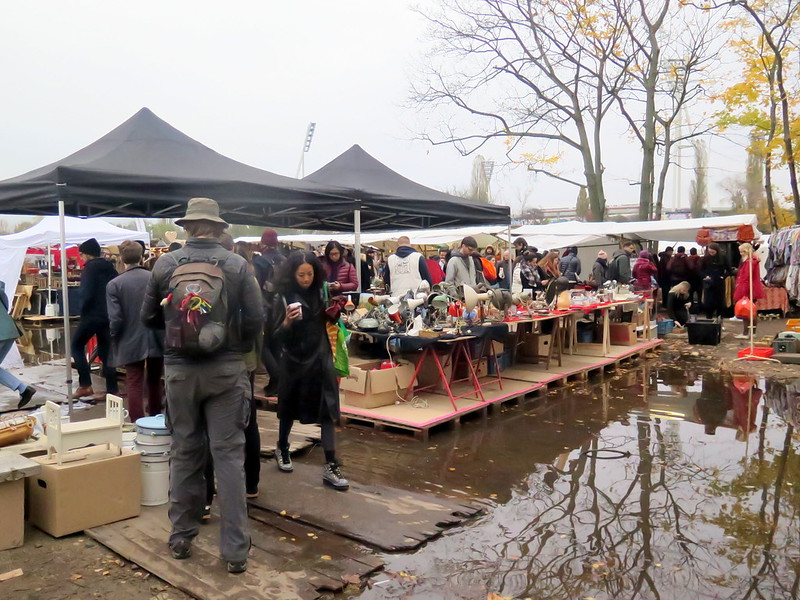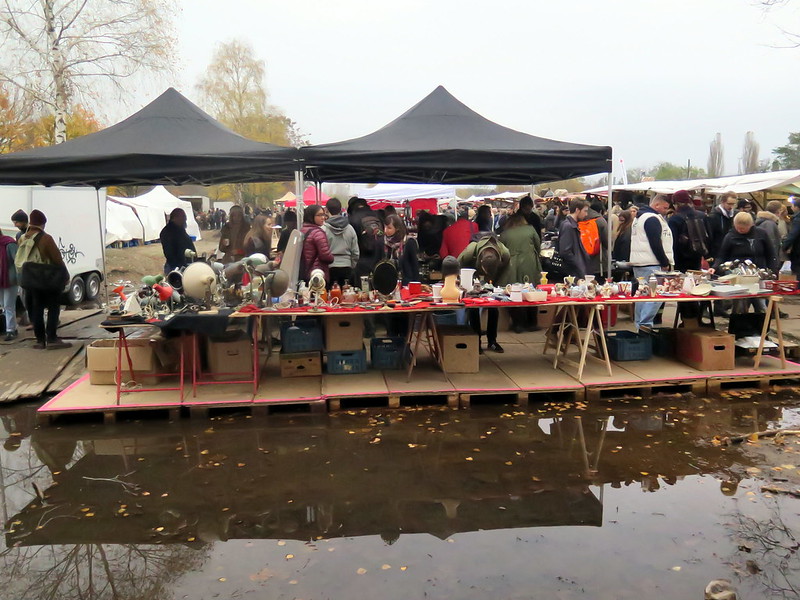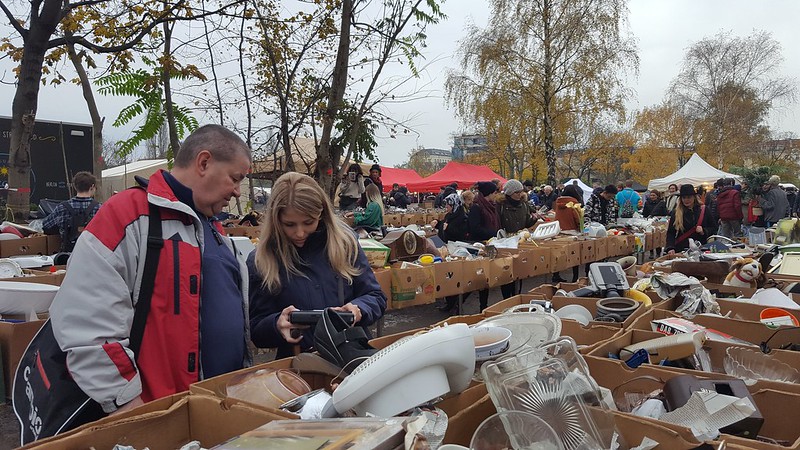I love making gear lists for trips, it’s one of my favorite research and relaxation hobbies. Usually it’s trying to get a suitable set of camping gear under very tight budget constraints, and not terribly worried about weight. This works great for a few days in the woods, but one year around the world living out of a pair of backpacks? How do you even begin to plan what gear to take? This is what I thought about during the month it took me to pull together a final sheet of gear, most of which we wound up carrying around the world, and some of which we left and lost along the way.
Step 1 : The requirements.
First I laid out what I thought the most important criteria were, sort of ordered by strictness.
- Volume and weight limits – I didn’t want our gear to take up too much space. None of that jangling gear hanging off the pack stuff if it could be helped. I also wanted everything we took to not cross thirty pounds per person. This was a rough limit and we went above and below at different times, but we kept it at 20-30 lbs most of the time. The biggest effect this had was restricting the amount of specialized gear we carried, making sure that everything served as many purposes as possible, including being useful in the wilderness and in a city.
- The min and max temperatures we’d hit – Clearly we weren’t going to Antarctica (probably) but I knew we’d be climbing at least a few mountains in South America, and we’d be in Siberia during some part of the trip. This meant that we had to be able to layer on enough clothing to carry us through at least the freezing point, but probably not much lower. I found this out by looking up average temperatures and highs/lows for a few peaks in various S.A countries, and Siberian summertime temps. Max temperature was important since we’d be chasing summer, and hitting at least a few deserts and hot, muggy, rainforests. We had to be able to strip down to thin enough clothes to be comfortable while still being decent.
- Being somewhat inconspicuous – this was basically moot from the get go since I’m very tall and pale, but I wanted our total package to look respectable but not particularly expensive. While we never encountered real trouble along the way, we kept meeting other travelers who had had their stuff taken, in part or in whole. For me this meant simple mono-colored clothes and nothing that looked too technical. Camping gear really couldn’t fit into this, but it was inside our packs anytime we were around people, and once the bags had a patch or two and some dirt on them, they looked pretty ordinary.
- Carrying us through an entire year – I didn’t have any real thoughts on this one. Clearly we’d be living out of our packs for the whole year, so all of our basics needed to be there, but also we’d have chances to resupply. This ultimately resulted in picking out things like wool socks and carrying a small but comprehensive baggy of repair supplies. Of all the repairs we had to do, the vast majority were clothing rips and tears, and some some backpack damage.
- Budget – everything takes money, and we weren’t sure how much this trip of ours would wind up costing. A small but present thought was to not blow a tone of cash on our gear. Not only would we be saving some amount, but we’d also be in less of a bind if something broke or went missing. There’s a balance of course – getting down to the weight and size I was aiming for would not be possible with the cheapest gear, and an investment up front meant that that item would be likely to last much longer. I set a budget of $1000 for upfront gear purchases, and missed it slightly. We wound up spending about $1200 up front for all of the gear we were missing, with the big ticket items being in the camping department.
Step 2 : What did we actually need?
For this step I made a big list of generic items. For example, I wanted to have two pants and three shirts, so I added 2 spots for pants and 3 spots for shirts in my spreadsheet. I racked my brain for every last item I thought we’d need or want to carry, and this is what I came up with for one person.
| Shirt | Columbia dry | 6 | 0.375 |
| Shirt | SmartWool micro 150 | 5.15 | 0.321875 |
| Longsleeve | UNIQLO heattech medium | 5.75 | 0.359375 |
| Shirt | UNIQLO heattech medium | 4.52 | 0.2825 |
| Leggings | REI lightweight | 5.72 | 0.3575 |
| Socks | SmartWool PhD long | 2.51 | 0.156875 |
| Socks | SmartWool PhD medium | 1.91 | 0.119375 |
| Socks | SmartWool PhD short | 1.73 | 0.108125 |
| Leggings | REI mediumwieght | 8.08 | 0.505 |
| Longsleeve | Stoic lightweight | 8.5 | 0.53125 |
| Pillow | SeaToSummit aeros | 3.14 | 0.19625 |
| Pants | REI Sahara cutoff cargo | 13.41 | 0.838125 |
| Longsleeve | Columbia Sunshade | 9.92 | 0.62 |
| Compression | SeaToSummit drybag | 2.19 | 0.136875 |
| Longsleeve | REI Sahara | 8.93 | 0.558125 |
| Sandals | Custom | 9.25 | 0.578125 |
| Underwear | ExOfficio Boxers | ||
| Hat | OutdoorResearch WindStopper | 2.68 | 0.1675 |
| Compass + bag | REI | 1.45 | 0.090625 |
| Gloves | BlackDiamond city | 1.62 | 0.10125 |
| Ground pad | NeoAir Xlite | 13.76 | 0.86 |
| Light | BlackDiamond 2 light | 1.98 | 0.12375 |
| Watch | G-Shock | 2.15 | 0.134375 |
Step 3 : Pick out actual items.
With my spots ready, I went and read reviews, checked prices, weights, read about durability and gathered just as much data as I could on a wide variety for each spot. I eventually narrowed most of everything down to a few items and we went to try on a small selection of pants and shirts and everything else. I wanted to try on everything before buying it, so I limited us to what REI had in stock. For the tents and other camping gear, we went to the store and tried pretty much everything they had until we were satisfied with our collection.
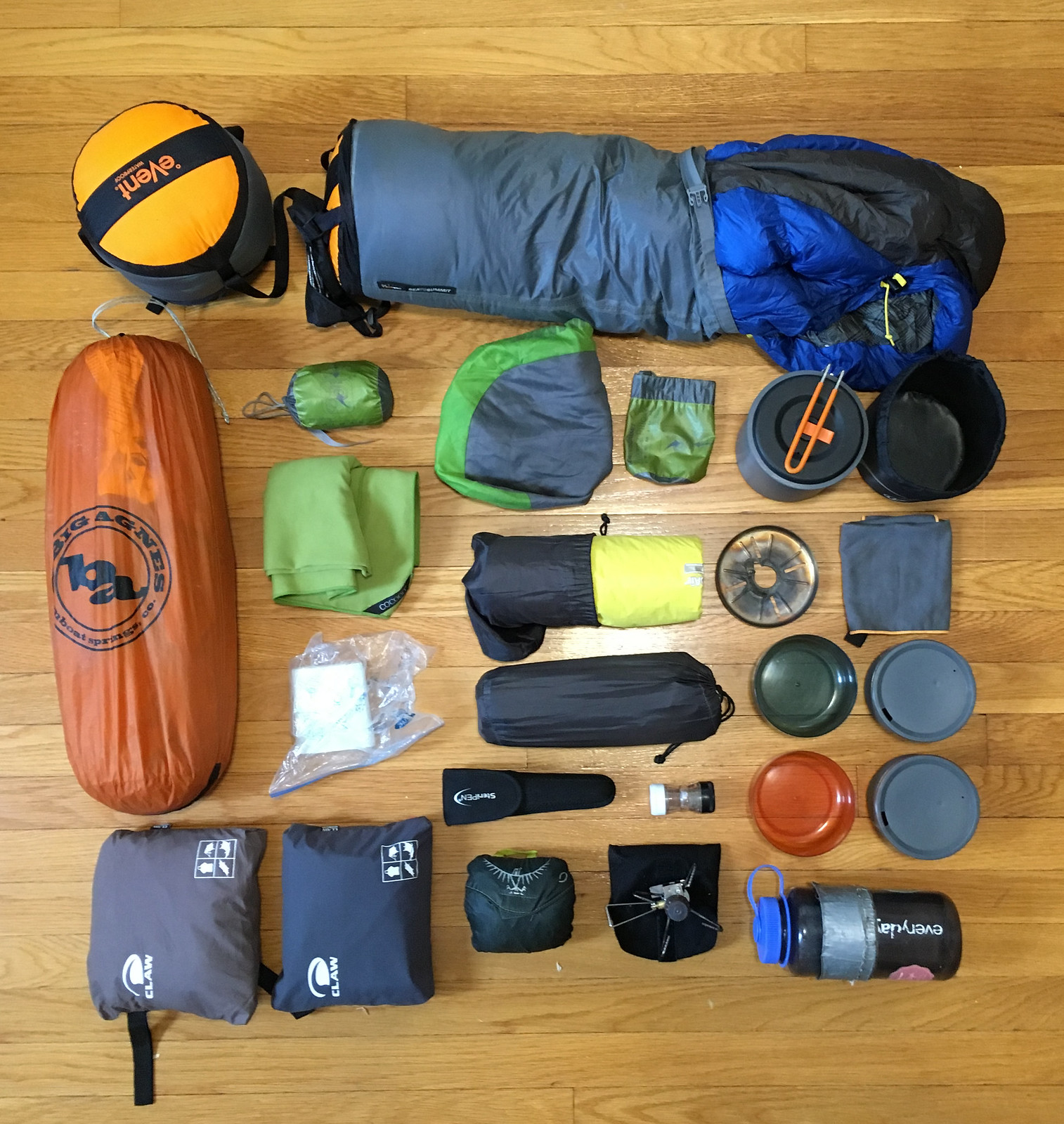
Let’s talk about camping gear and traveling. First, we were super thankful we had our tent in all sorts of places, not just on the mountain or out in the wilderness. The gear we carried let us do things like : rent a much cheaper car in New Zealand, because we could sleep outside; walk along the edge of lake Baikal for a few days and not have to worry about reaching a town to find a place to sleep; be comfortable in any hostel and many busses, because we had our own blankets and pillows; cook a meal anywhere because we had our mess kit with us. That said, I would not bring much of the same camping gear if we were not specifically planning on at least a few through-hikes. I might also take the option of renting or buying very cheap gear on the spot for outdoors adventures – plenty of other travelers did just that.
After deciding for sure that we wanted a tent and the associated gear, I set about finding a budget and weight conscious kit. Our final gear choices :
The general category, our choice, and the weight in oz and lbs.
| Tent | Big Agnes copper spur ul2 | 51.13 | 3.195625 |
| Footprint | BA cs ul2 footprint | 7.45 | 0.465625 |
| Cooking | G.S.I Halulite micro dualist + msr pcketrocket | 20.57 | 1.285625 |
| Purifier | First-need xle | 16 | 1 |
| Sleeping bag | REI Flash | 28 | 1.75 |
| Ground pad | NeoAir Xlite | 13.76 | 0.86 |
| Compression | SeaToSummit drybag | 2.19 | 0.136875 |
| Pillow | SeaToSummit aeros | 3.14 | 0.19625 |
| Sleeping bag | REI Flash | 27 | 1.6875 |
| Ground pad | NeoAir Xlite | 11.5 | 0.71875 |
| Compression | SeaToSummit drybag | 2.19 | 0.136875 |
| Pillow | SeaToSummit Aeros | 2.96 | 0.185 |
About 12 lbs total, and pretty much the majority of the volume of our packs. The biggest outlay was in the tent – almost $500 for the toughness, size, and light weight. It’s not ultralight by any means, but this list makes for a solid foundation that, with a few lucky sales, didn’t break the bank. We purchased these in August and September and caught a big REI sale. I would definitely recommend making a list in advance and purchasing as things come into discount.
Of the items on this list, the only one I cannot recommend is the First-Need XLE water filter. We were in Peru, in a tiny mountainside town waiting for our first long hike to begin. On a whim I decided to test the filter with their provided blue-dye test. It failed, then failed again, and again. I don’t know when the filter first broke, but it definitely was not working when we needed it, and the company did not respond to any of my emails about it. We went on the hike anyway, and met with a pair that had a Steri-pen. At our first opportunity (Australia) we bought one and have been super happy with it ever since.
The rest of our gear performed flawlessly. The REI sleeping bags were great 20 degree bags that stuffed down to the size of a melon, and with layers they could readily make us toasty in the coldest weather we encountered. The NeoAir Xlites were loud but rolled up small and never gave us any trouble with punctures, though they did start growing a bit of mold at one point. The SeaToSummit pillows worked great, we still use them – I opted for the slightly heavier and more expensive version made out of soft and quiet fabric instead of polyester. The Halulite cooking kit served us great, tucking itself away into the pot and having just enough space inside for the stove, a small towel, and some misc cooking items. The cup bottoms on one set did crack eventually, but they leaked only slowly and were still fine, even for tea. The tent performed admirably under a ton of rain. In some intense conditions it did eventually let moisture through, but never enough to really get us wet. I can’t say it’s the best I’ve seen, but it was light and relatively large on the inside while packing down quite small. During hot, clear nights, the canopy came off and the view was great.
Next time I’ll cover some of the stand-out items and a few lessons learned on the road.










